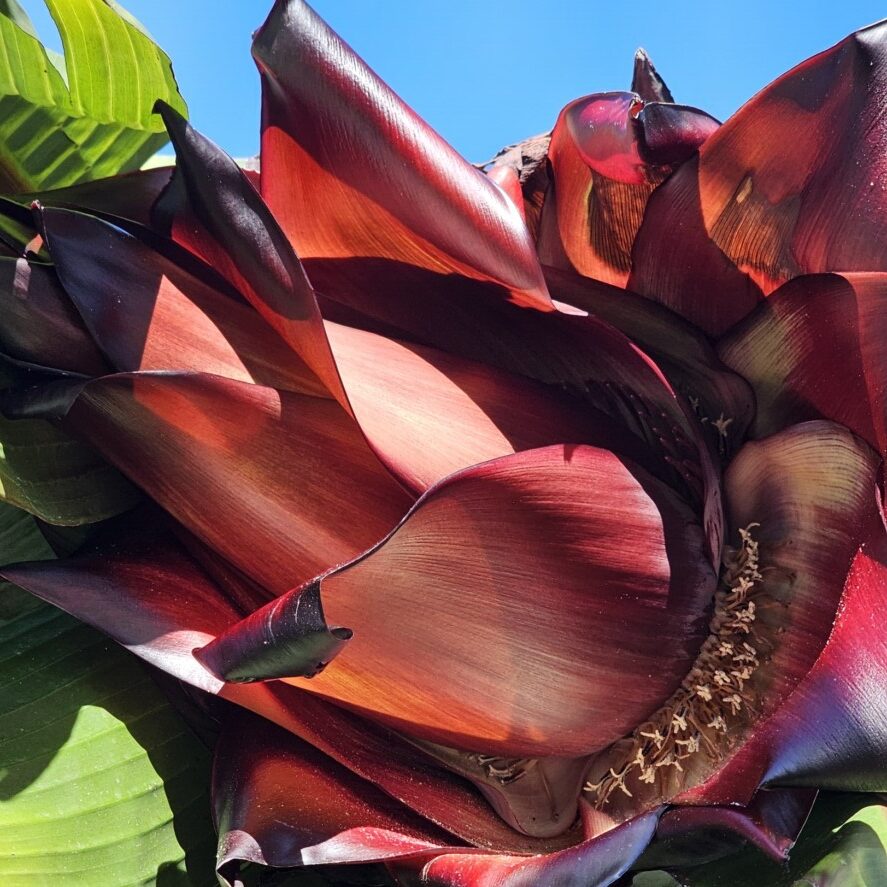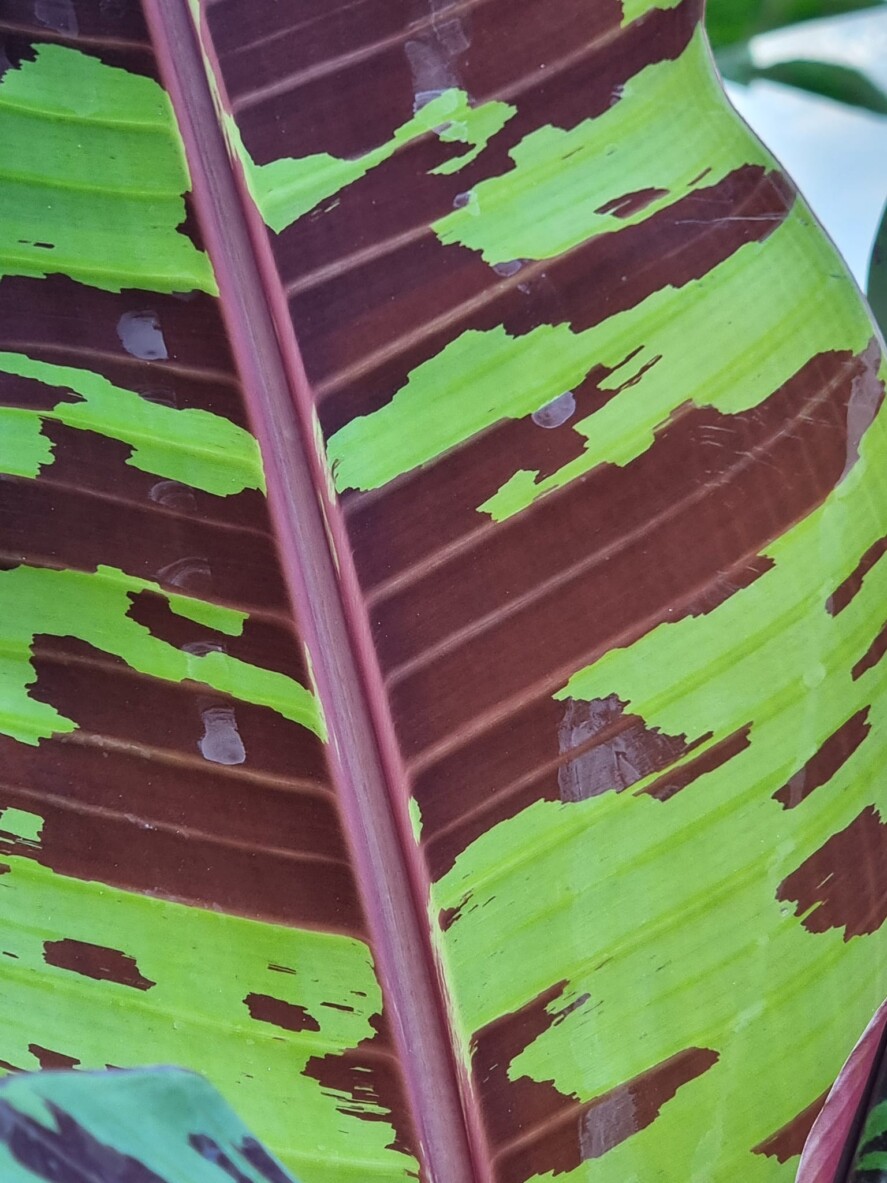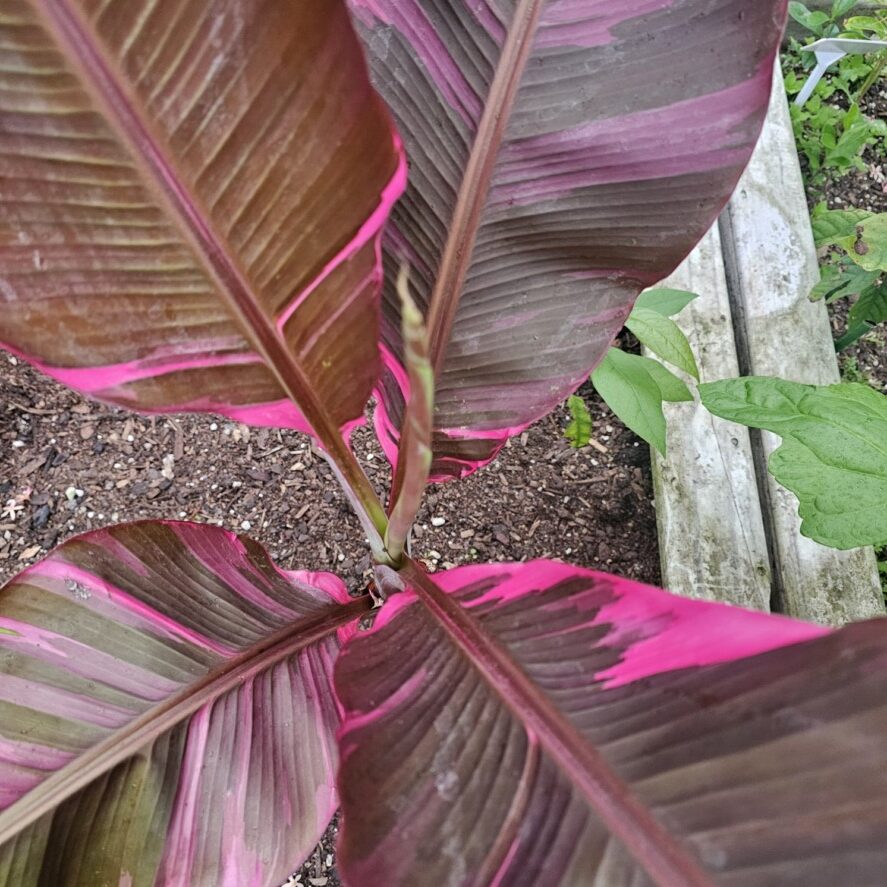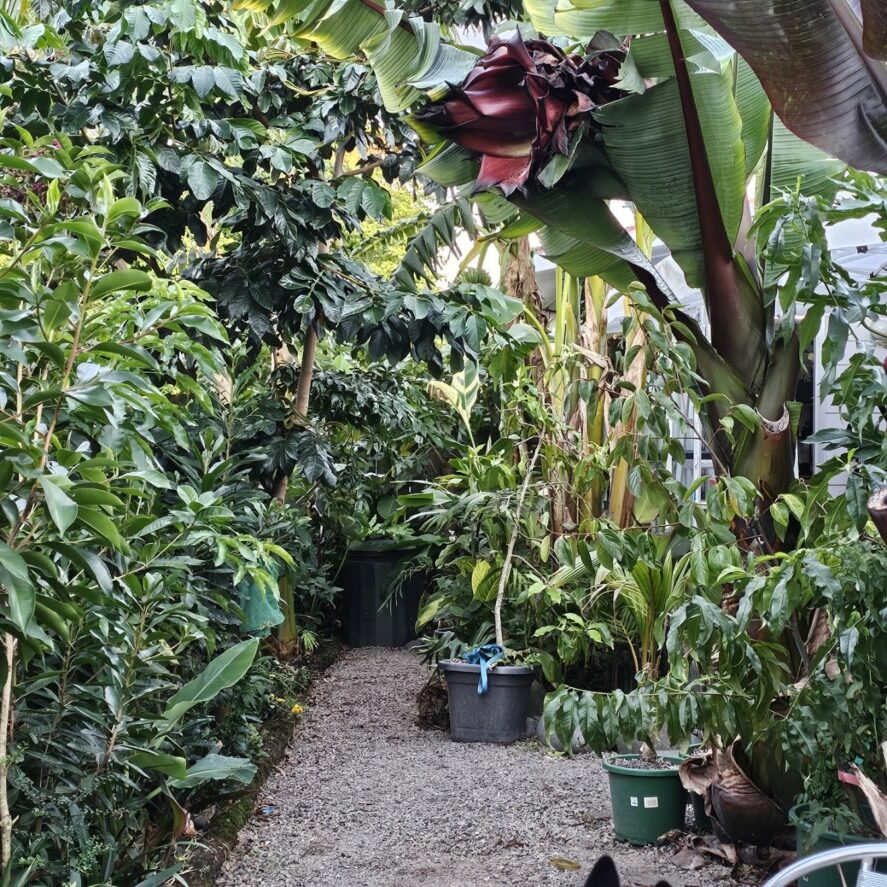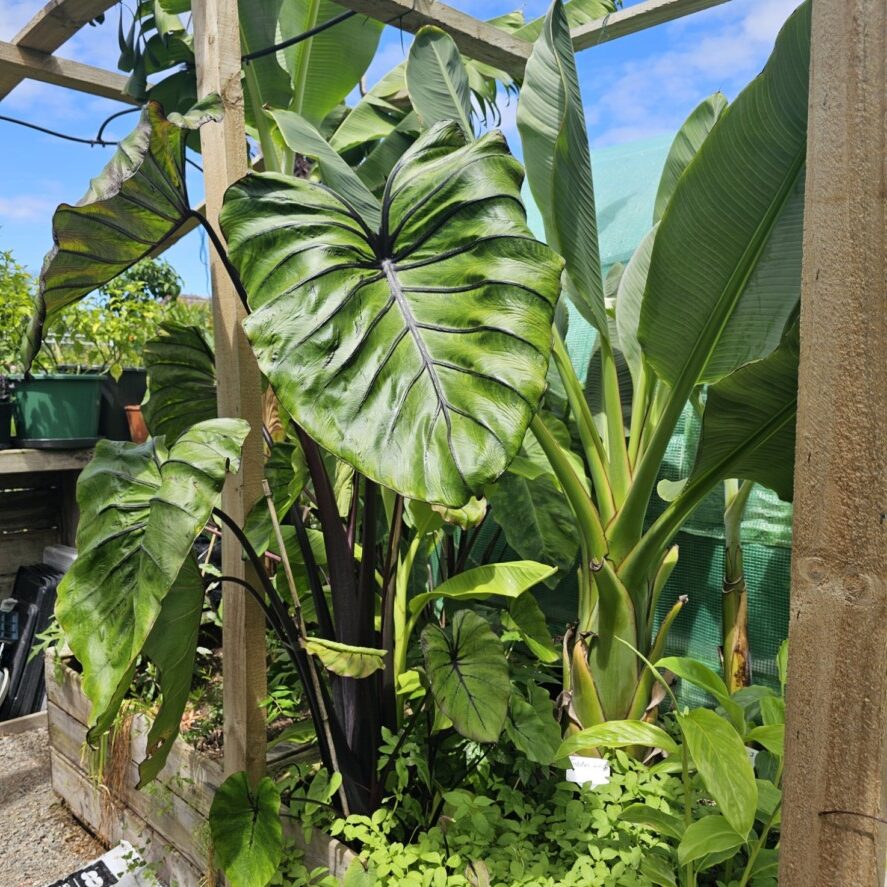Bird of Paradise ‘Heliconia Tortuosa Yellow Twister’ – A Rare Golden Heliconia for Collectors
Just when you think you’ve seen it all in the world of exotic plants, the ‘Heliconia Tortuosa Yellow Twister’ emerges as a rare gem for your collection. This vibrant golden variety not only showcases stunning visual appeal but also offers you a unique opportunity to enhance your garden or indoor plant space. With its intricate twisted leaves and striking yellow bracts, this Bird of Paradise will surely become a conversation starter. Join us as we investigate into the fascinating characteristics, care tips, and propagation methods for this sensational plant.
Botanical Description
The Bird of Paradise ‘Heliconia Tortuosa Yellow Twister’ is a tropical perennial belonging to the Heliconiaceae family. This plant is known for its striking golden inflorescences and lush green foliage, providing an exotic charm. Native to Central and South America, it thrives in warm climates, contributing to its appeal among tropical plant collectors. The plant typically grows upright, reaching heights of up to 6-8 feet, with a unique twisting growth pattern that enhances its visual interest.
Plant Characteristics
Characteristics of the ‘Heliconia Tortuosa Yellow Twister’ include its robust, pseudostems that bear large, tropical leaves. These leaves are elongated with a glossy texture, adding to the plant’s ornamental value. As a clumping perennial, it expands over time, forming dense colonies in suitable conditions. This hardy plant prefers well-drained soil and thrives in partial to full sunlight, making it an excellent choice for gardeners seeking a stunning focal point.
Flower Morphology
Before discussing the flower morphology, it’s important to note that the inflorescence is the most captivating aspect of the ‘Heliconia Tortuosa Yellow Twister.’ This plant produces large, pendulous yellow bracts that twist elegantly, creating a unique spiral effect. The vivid yellow color contrasts beautifully with the green foliage, drawing attention and adding vibrancy to your garden.
Another notable feature is how the flowers emerge from the bracts. They are tubular and typically attract hummingbirds and other pollinators, enhancing your garden’s ecological value. The arrangement of the bracts, along with the twisting shape, creates an intricate display that you will find fascinating. This combination of beauty and functionality makes the ‘Heliconia Tortuosa Yellow Twister’ a must-have for any serious collector.
Growing Requirements
Assuming you are ready to cultivate the remarkable Heliconia Tortuosa Yellow Twister, understanding its growing requirements is imperative for success. This rare golden Heliconia thrives in specific conditions, ensuring you enjoy its captivating beauty as it flourishes in your garden.
Light and Temperature
After ensuring the ideal light and temperature for your Heliconia, refer to the following table:
| Light | Bright, indirect light or partial shade |
| Temperature | Between 60°F to 90°F (16°C to 32°C) |
Soil and Water Needs
Growing your Heliconia requires well-draining, rich soil and consistent moisture to promote healthy growth. Aim for a mixture that retains some water while allowing excess to escape easily.
Light and nutrient-rich soil is imperative for the Heliconia Tortuosa Yellow Twister. A blend of potting soil, compost, and perlite or sand will create an optimal environment. Pertaining to watering, keep the soil consistently moist but not soggy, as excessive water can lead to root rot. Monitor the humidity levels around your plant, ensuring it stays above 50% for the best results.
Cultivation Techniques
Clearly, cultivating the Bird of Paradise ‘Heliconia Tortuosa Yellow Twister’ requires an understanding of its unique environmental needs. These tropical plants thrive in well-draining soil, elevated humidity, and bright, indirect sunlight. It’s necessary to protect them from cold drafts and ensure they have adequate space to grow, as their sprawling nature can take up considerable room in your garden.
Propagation Methods
Behind the allure of ‘Heliconia Tortuosa Yellow Twister’ lies effective propagation methods. This plant can be propagated through division or via seeds, depending on your preference and resources. When dividing, ensure that each section has adequate roots to promote healthy growth. If opting for seeds, start them in a warm, moist environment, allowing them to germinate before transplanting.
Maintenance and Care
The maintenance of your Bird of Paradise ‘Heliconia Tortuosa Yellow Twister’ involves regular watering, feeding, and pruning to stimulate growth and flowering. Aim for consistent moisture in the soil, but avoid waterlogging, as this can lead to root rot. Fertilize during the growing season with a balanced fertilizer, and don’t hesitate to clean the leaves regularly to remove dust, allowing your plant to thrive.
Cultivation of ‘Heliconia Tortuosa Yellow Twister’ demands a commitment to its specific care needs. You can enhance its growth and flowering by placing the plant in an area with good airflow and maintaining a tropical climate with humidity around 60-80%. During the colder months, it’s wise to move your plant indoors if temperatures drop significantly. Regularly check for pests, and provide support as necessary to help your beautiful golden Heliconia flourish.
Collector’s Value
For enthusiasts and collectors, the ‘Heliconia Tortuosa Yellow Twister’ stands out as a prized specimen. Its vibrant golden hues and unique morphology make it a conversation piece in any botanical collection. As demand for rare plants increases, owning this exquisite heliconia not only enhances your collection but also serves as a potential investment.
Rarity and Market Status
To appreciate the true value of the ‘Yellow Twister’, you must consider its rarity. Limited cultivation and unobtainable seeds contribute to its status in the marketplace. As a result, you will find that rare specimens often come with a premium price, making them highly sought-after by serious collectors.
Historical Significance
The history of the ‘Heliconia Tortuosa Yellow Twister’ reveals its deep-rooted connections to tropical ecosystems and cultural significance in various regions. You will discover that this heliconia has been celebrated in traditional medicine and local art, showcasing its importance beyond mere aesthetics. Its bold appearance also reflects indigenous horticultural practices, representing a blend of nature and human creativity.
Understanding the historical significance of the ‘Heliconia Tortuosa Yellow Twister’ adds value to your collection. This plant not only represents a botanical wonder but also carries stories of its native origins and uses in local cultures. Engaging with this history enriches your appreciation for the plant and demonstrates your dedication as a collector of rare and meaningful flora.
Common Issues
Not every collector gets to enjoy the beauty of the ‘Heliconia Tortuosa Yellow Twister’ without facing some common challenges. This rare golden heloconium can sometimes fall victim to pests, diseases, and growth-related issues. Being aware of these potential problems enables you to take preventive measures and ensure your plant thrives in your collection.
Pests and Diseases
Around your ‘Heliconia Tortuosa Yellow Twister,’ you might encounter pests such as aphids and spider mites, which can sap the plant’s vitality. Fungal infections can also pose a threat, particularly in overly damp conditions. Keeping an eye on your plant for any unusual discoloration or wilting can help you address issues early.
Growth Challenges
Alongside pest issues, your ‘Heliconia Tortuosa Yellow Twister’ may experience growth challenges due to improper light conditions, poor soil quality, or inadequate watering. These factors can hinder the plant’s ability to flourish and yield its stunning foliage.
At times, even if your care regimen seems adequate, your ‘Heliconia Tortuosa Yellow Twister’ may struggle with growth. The plant prefers bright, indirect sunlight and well-draining, nutrient-rich soil to thrive. Ensure you’re providing it with consistent moisture without waterlogging the roots. If the growth seems slow, consider repotting or adjusting its location to enhance light exposure, promoting robust health and vibrant blooms.
Landscaping Applications
Unlike many other tropical plants, the Heliconia Tortuosa Yellow Twister makes a striking addition to your landscaping. Its vibrant golden-yellow flowers create a bold focal point, making it perfect for tropical or exotic-themed gardens. This unique heliconia can be used effectively along garden borders or as a standalone specimen, enhancing the visual appeal of outdoor spaces and attracting pollinators like hummingbirds.
Garden Design
With its architectural foliage and dramatic blooms, Heliconia Tortuosa Yellow Twister can elevate your garden design. Incorporating it into a biodiversity-rich environment allows you to create a lush, vibrant aesthetic. Use it alongside other tropical plants to achieve a harmonious look, or pair it with contrasting colors to make a stunning statement.
Container Growing
One excellent way to showcase the Heliconia Tortuosa Yellow Twister is through container growing. This approach allows you to control the plant’s environment while maximizing its visual impact in your outdoor spaces.
Consequently, growing Heliconia in containers can provide flexibility in your landscaping. You can easily rearrange pots to accentuate different areas of your garden, or bring them indoors during cooler months. Make sure to select a container with adequate drainage and use high-quality potting soil to foster optimum growth. Position the plant where it can receive bright, indirect sunlight to maintain its vibrant blooms throughout the gardening season.
Conclusion
Drawing together the unique qualities of the Bird of Paradise ‘Heliconia Tortuosa Yellow Twister’, you discover a rare gem ideal for your plant collection. Its striking golden hues and distinctive twisting foliage make it a standout choice for collectors looking to enhance their garden. By adding this captivating Heliconia to your collection, you not only enrich your botanical variety but also embrace the beauty and elegance it brings to your landscape. Cultivating this plant will surely elevate your gardening experience and bring a sense of fulfillment to your passion for rare flora.

